San Francisco — OpenAI is shifting gears with its video‑generation app Sora by introducing a paid tier that allows users to create more AI‑generated videos once they hit the free daily limit. The move marks a pivotal moment in monetising AI‑powered content tools and underscores how quickly the demand for custom, generated media is rising.
What’s new
Under the updated model, users can still make a fixed number of videos each day for free. But if they want to make additional clips, they can now purchase extra generations — a bundle of ten extra videos for a modest fee. Meanwhile, “Pro” or subscription‑tier users enjoy a significantly higher daily cap. OpenAI says this hybrid free‑and‑paid structure is necessary because the computing costs of video‑generation remain high and resources are still constrained.
Why it matters
- Monetisation begins: AI video tools have long been offered freely or in beta form. Sora’s paid‑generation model signals that companies believe they are nearing a point of scale where usage can be monetised.
- Demand validation: The fact that users are hitting free limits and that extra generations are being offered reflects surging interest in producing short videos via text prompts and avatars rather than filming traditionally.
- Infrastructure pressure: Generating high‑quality video with AI remains computationally intensive. By placing a fee‑based “escape valve” past the free tier, OpenAI can better control its usage load while still giving users access.
- Content ecosystem shift: As one of the more visible AI‑video apps, Sora’s transition into paid territory may accelerate similar moves by other providers, raising questions about the future cost structure of “AI‑made” media.
Behind the scenes
OpenAI has already made several design upgrades to Sora, such as reusable character avatars (where users can upload pets, objects or illustrations to become recurring “cameos”) and stitching together short clips into longer multi‑scene videos. This means the value proposition of the paid tier is increasingly compelling: users won’t just generate one‑off videos but build richer content.
At the same time, the company points out that the free daily limit is temporary and subject to change depending on how much heavy‑usage generation grows. The introduction of paid “extra generations” helps manage this by creating a clear delineation between casual users and heavy users.
Risks and watch‑outs
- User fair‑use and creative rights: The rise of AI‑video generation raises concerns around copyright, likeness rights and content ownership. With Sora enabling users to upload avatars or characters, questions are emerging about how consent, compensation and creative control will be managed.
- Quality vs cost: While the paid option offers more generations, the quality of the extra videos (especially if they use advanced “configurations”) may differ or require more credits — users will watch how equitable the offering is.
- Market competition: OpenAI is not alone. As more AI‑video tools appear, pricing pressure may build. If Sora’s paid tier is seen as too expensive, users may migrate to alternatives (or even free ones) especially outside of the U.S. and Canada.
- Ethical considerations: The easier it becomes to generate realistic videos, the greater the potential for misuse — from deep‑fakes to manipulated content. Sora’s monetisation may accelerate production of videos, raising moderation and verification demands.
What to monitor
- Whether OpenAI expands the paid‑generation model globally (beyond its initial markets).
- How the pricing structure evolves: will there be subscription bundles, enterprise tiers, or usage‑based credits?
- How creators respond: Will content‑creators embrace the platform as a new medium, or will they view the paid model as a barrier?
- Regulatory and legal responses: As paid AI‑video becomes more mainstream, how will rights holders, platforms and governments react?
Final thought
Sora’s pivot to a hybrid free‑plus‑paid model reflects the broader maturation of generative‑video AI. The merging of user creativity, avatar‑driven content, and monetisation reveals a new frontier in digital media. For users and creators, it opens up exciting possibilities — but it also brings questions of cost, rights and ethics. How OpenAI balances access, quality and responsibility will likely influence how AI‑video evolves in the coming months.




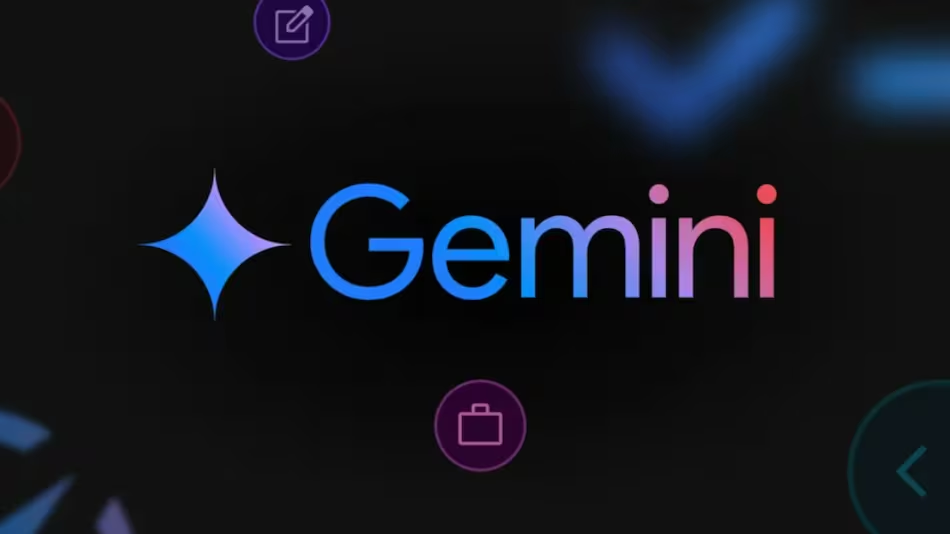

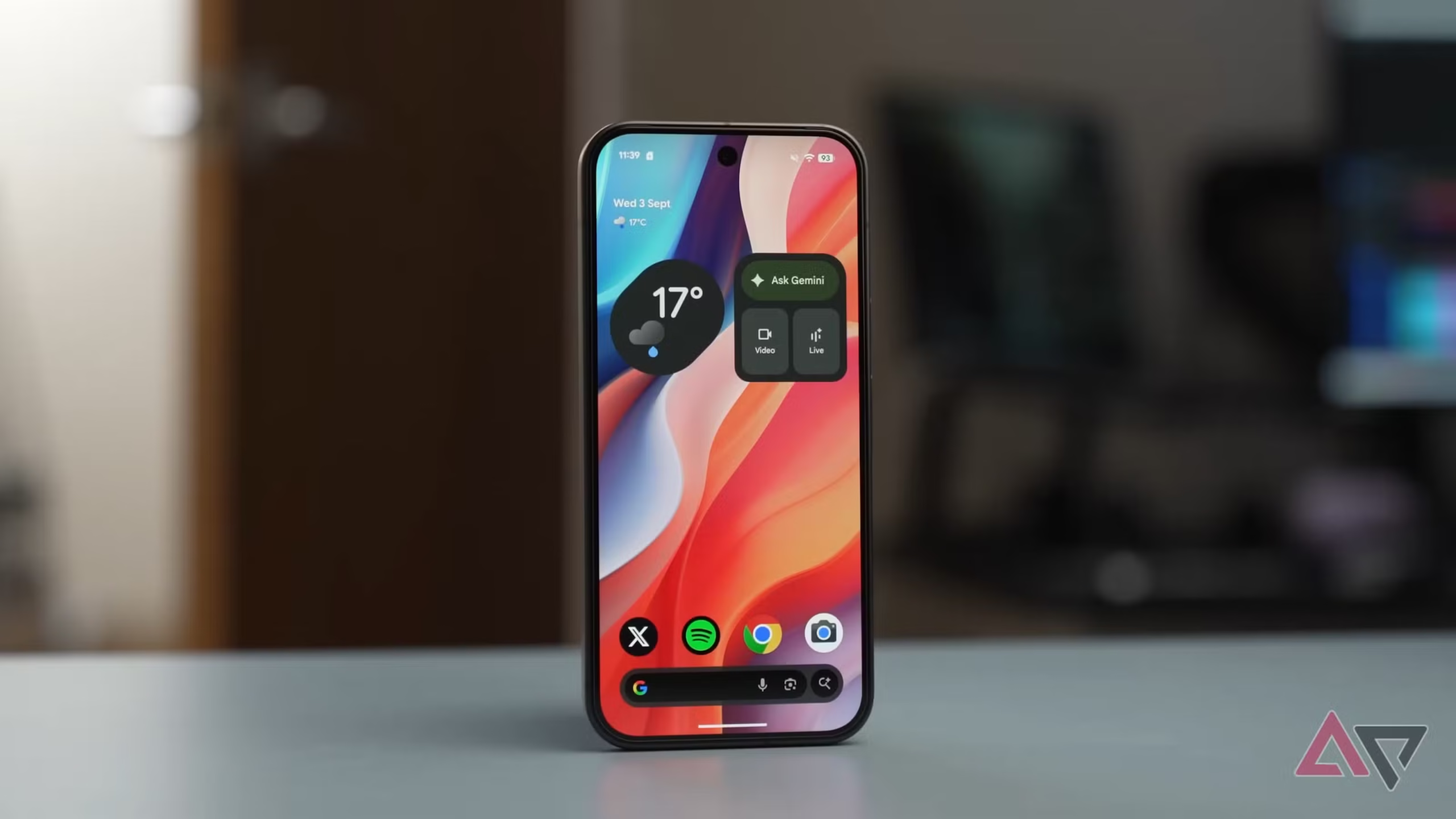
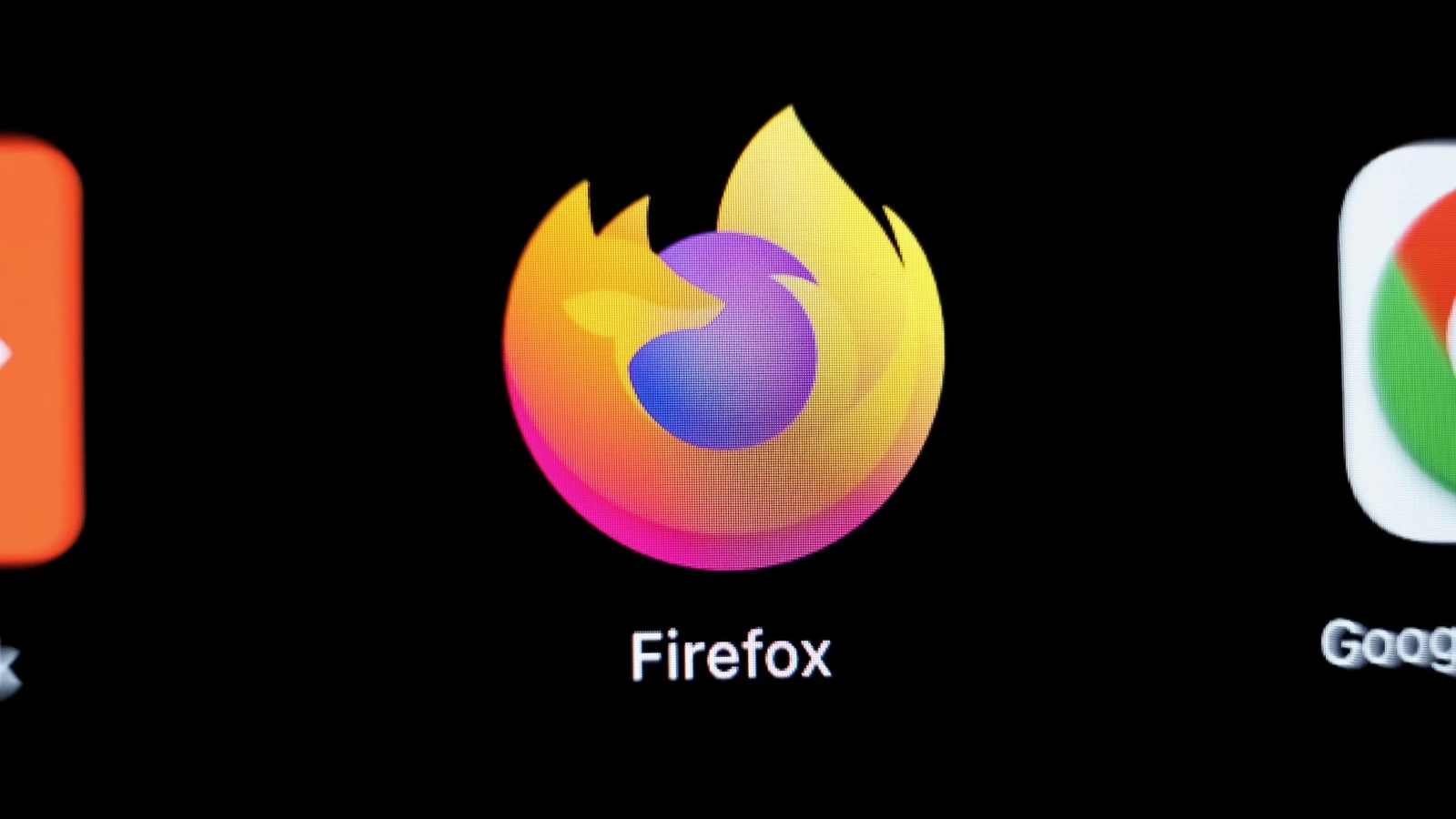
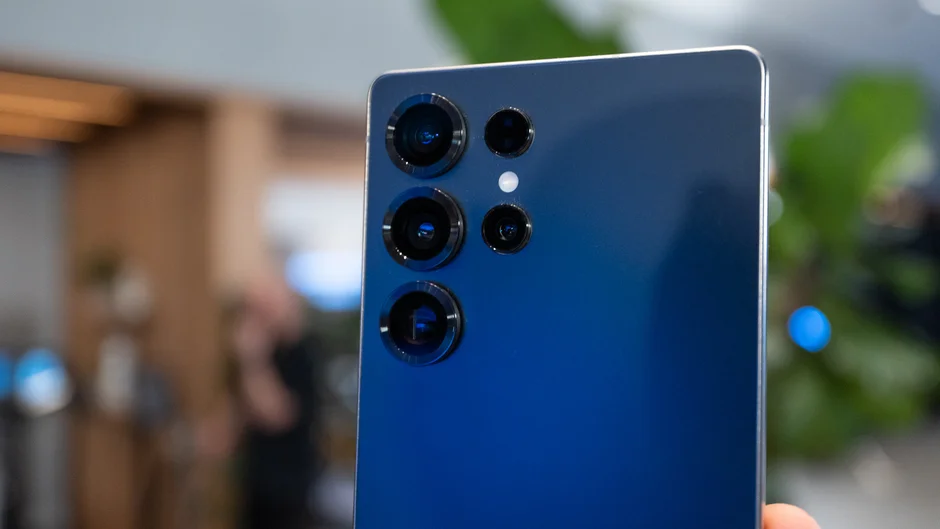
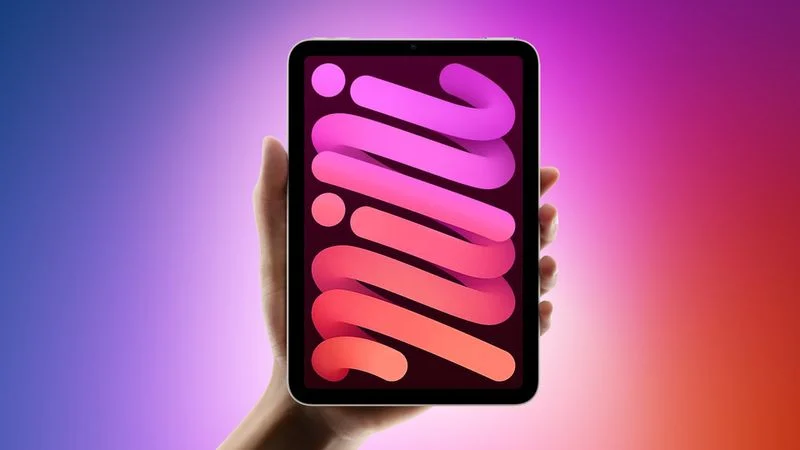






Leave a Reply